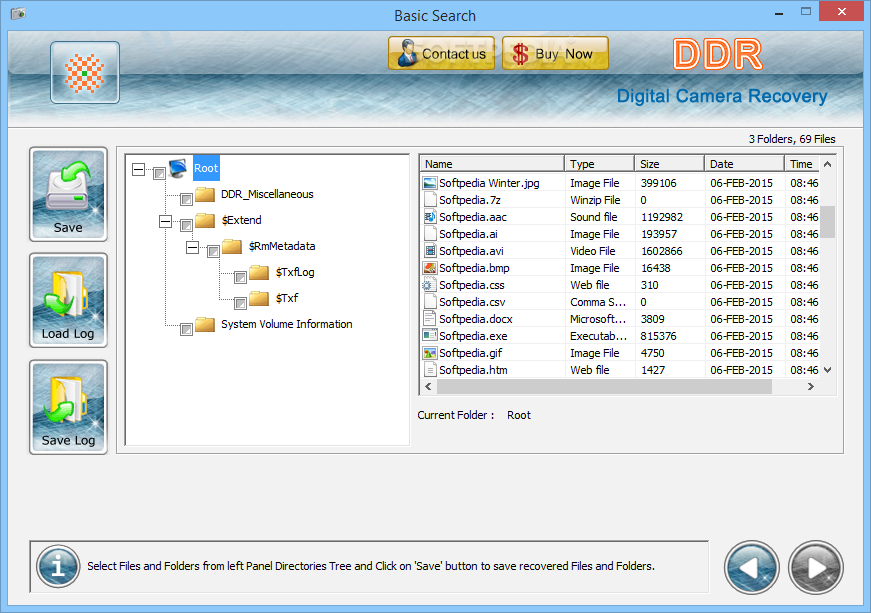

They help us to know which pages are the most and least popular and see how visitors move around the site. Performance Cookies: These cookies allow us to count visits and traffic sources so we can measure and improve the performance of our site. If you do not allow these cookies then some or all of these services may not function properly. They may be set by us or by third party providers whose services we have added to our pages.

Functional Cookies: These cookies enable the website to provide enhanced functionality and personalization. These cookies do not store any personally identifiable information. You can set your browser to block or alert you about these cookies, but some parts of the site will not then work. They are usually only set in response to actions made by you which amount to a request for services, such as setting your privacy preferences, logging in or filling in forms. Strictly Necessary Cookies: (Always Active) These cookies are necessary for the website to function and cannot be switched off in our systems. After we finish updating our website, you will be able to set your cookie preferences. You may roll the side bar up and down in order to view the entire program listing.Īnalog Devices is in the process of updating our website.From the directory you installed the MAX1463 programs, Open the "Cctmr1.lst" listing with File | Open.
#DDR DIGITAL PICTURE RECOVERY DEMO CRACK SOFTWARE#
The blinking LEDs confirm that the software installation was successful, you have proper hardware setup, and the EVKIT is working. The red LEDs on the EV board will start flashing. In case of failure, a "mismatch." message will be displayed along with the address of the memory location where the mismatch was found. At completion, "Verify complete" will be displayed. The program will read the content of the flash memory (what you just wrote) and compare that with the buffer (what you intended to write). From "Flash Position 0" of the window, press the "Verifyĭevice against buffer".At completion, "Programming complete" statement will be displayed. From "Flash Position 0" block of the window, press the "Write to device"īutton.An open file window will appear that will From "Flash Position 0" block of the window, press the "Loadīuffer from file" button.Press function-key F9 or select the "Flash Memory" tab."Start/Programs/Maxim MAX1463 Evaluation Kit/Hardware Debugger" The MAX1463 control software and supporting files will be stored in the specified directory.The destination directory can be changed as desired. The default destination directory is "C:\MAX1463". Any available parallel port is acceptable.įigure 2. Connect the 25-pin connector of the KEY to the computer parallel port.Apply 9V supply to the TB1 terminal block.Please make sure the pin-1 of the ribbon cable is connected to the pin-1 of the boards. Connect one end of the 16-pin ribbon cable between the 16-pin headers on the EV board and the communication KEY.For example: small op-amp large op-amp Channel-1. The terminals are connected between the VSS (pin 14) and any pin you wish to measure. Configure the EV board jumpers per Table 1įigure 1.See the MAX1463 evaluation board diagram in Figure 1.The following procedure will guide you to set up the MAX1463 hardware/software and verify that it is functioning correctly. It incorporates a 16-bit CPU, 4Kb of program and 128 bytes of user flash memory. It includes two 16-bit output DACs, two 12-bit PWM outputs, and supports 4mA–20mA output. The MAX1463 accommodates sensors with outputs ranging from 1mV/V to 1V/V. The MAX1463 is a highly integrated, low power, two-channel sensor signal processor optimized for industrial and process control applications such as pressure sensing, RTD and thermal-couple linearization, weight sensing, and remote process monitoring with limit indication.


 0 kommentar(er)
0 kommentar(er)
